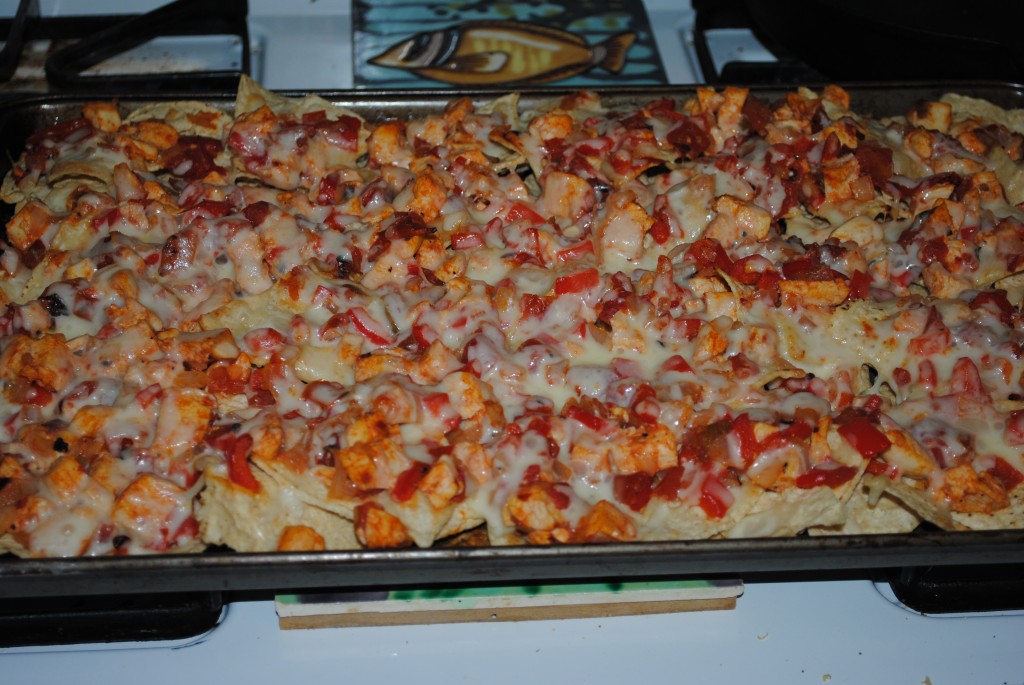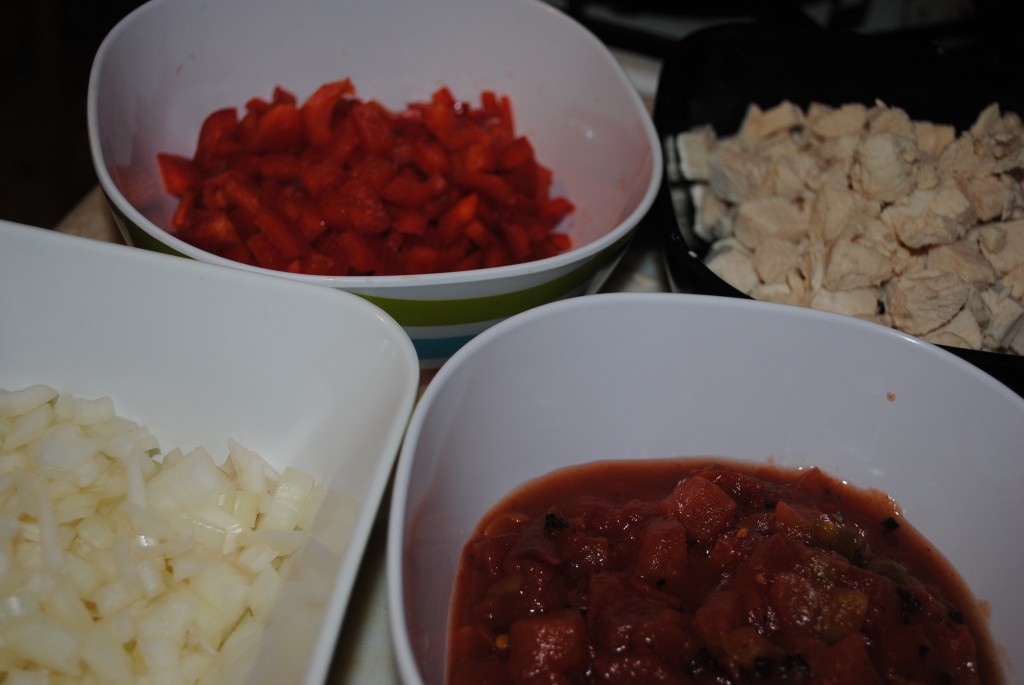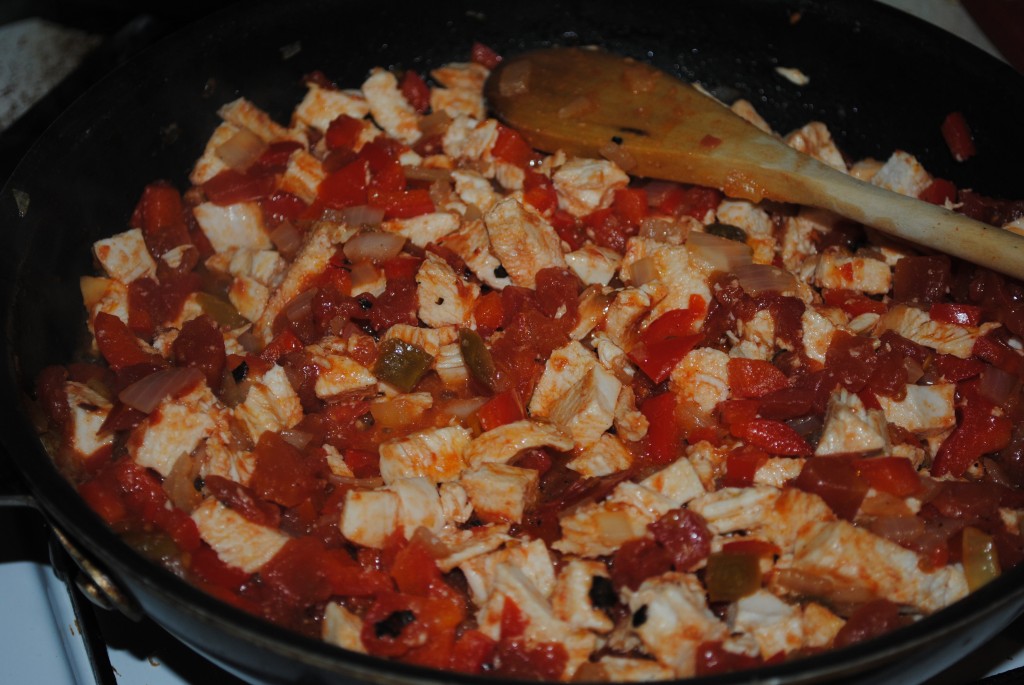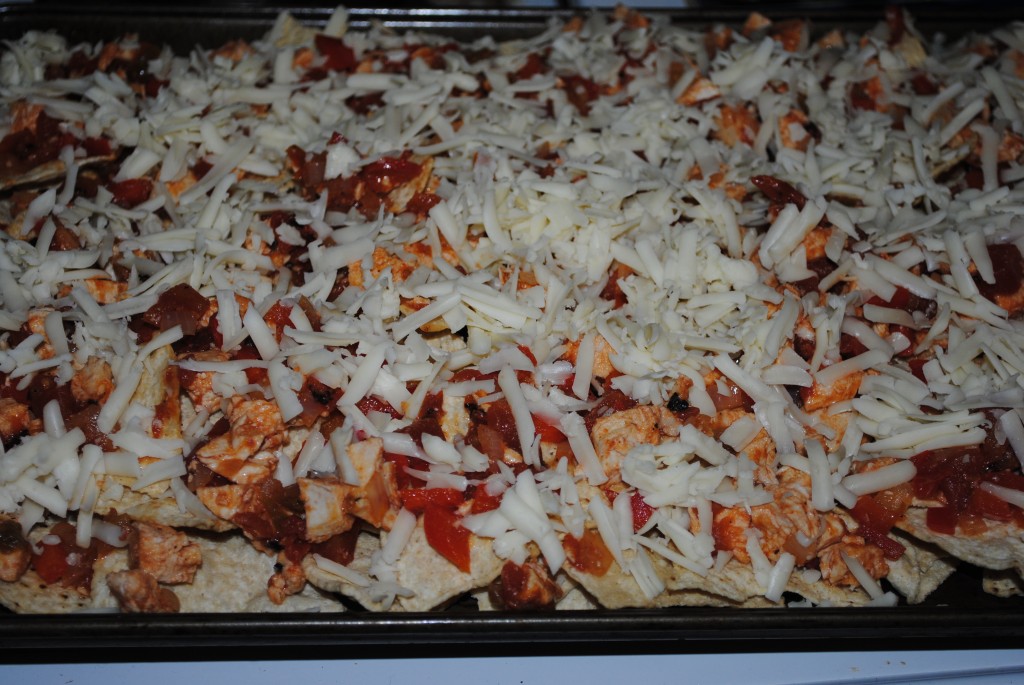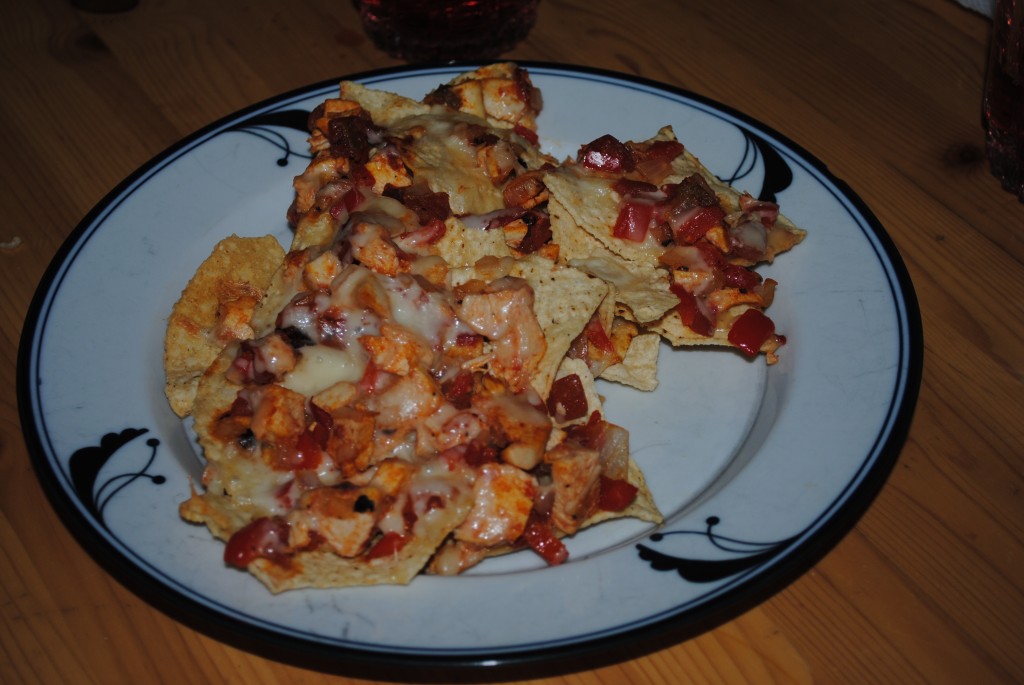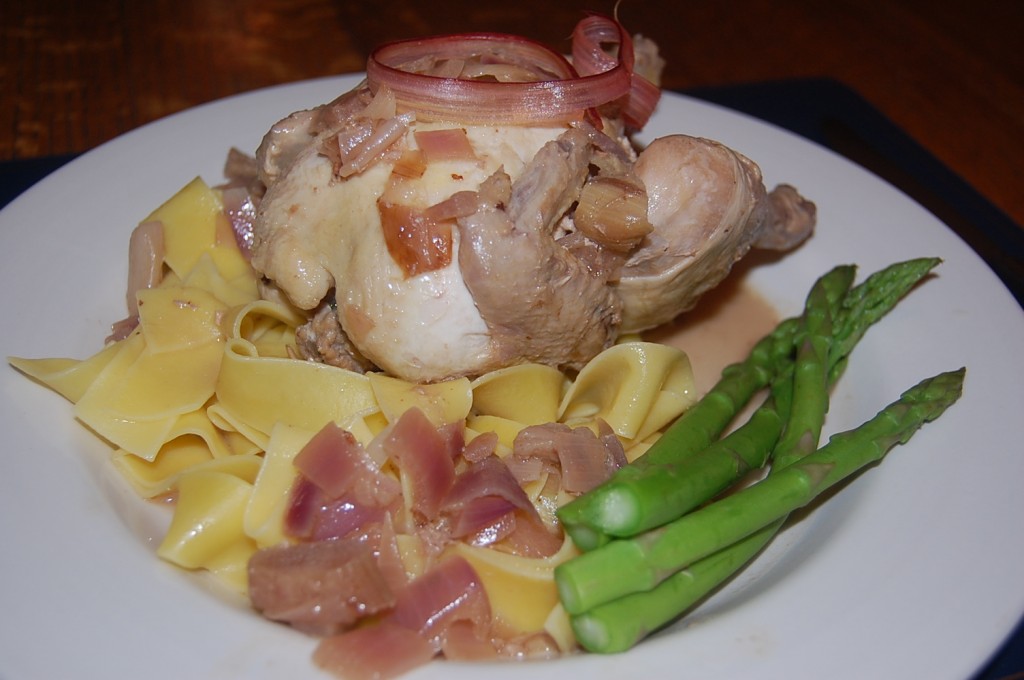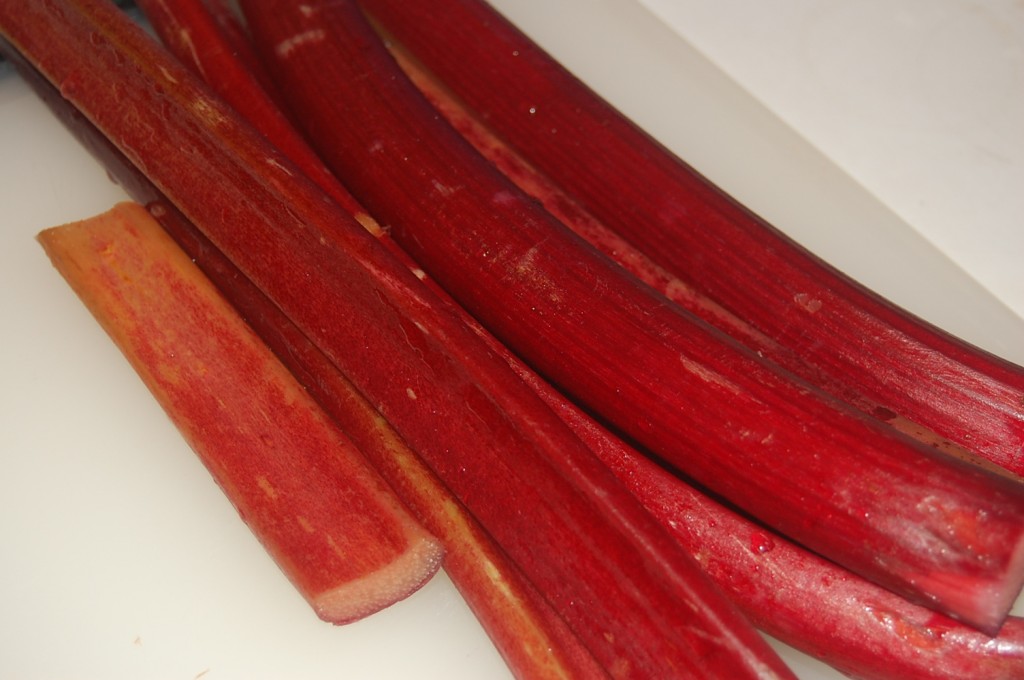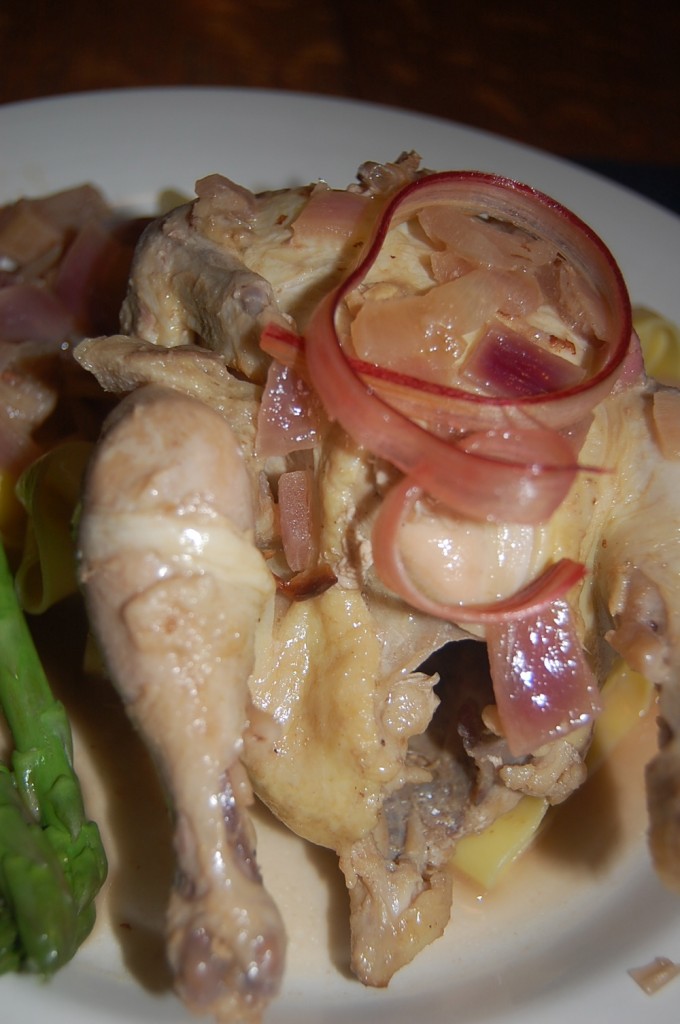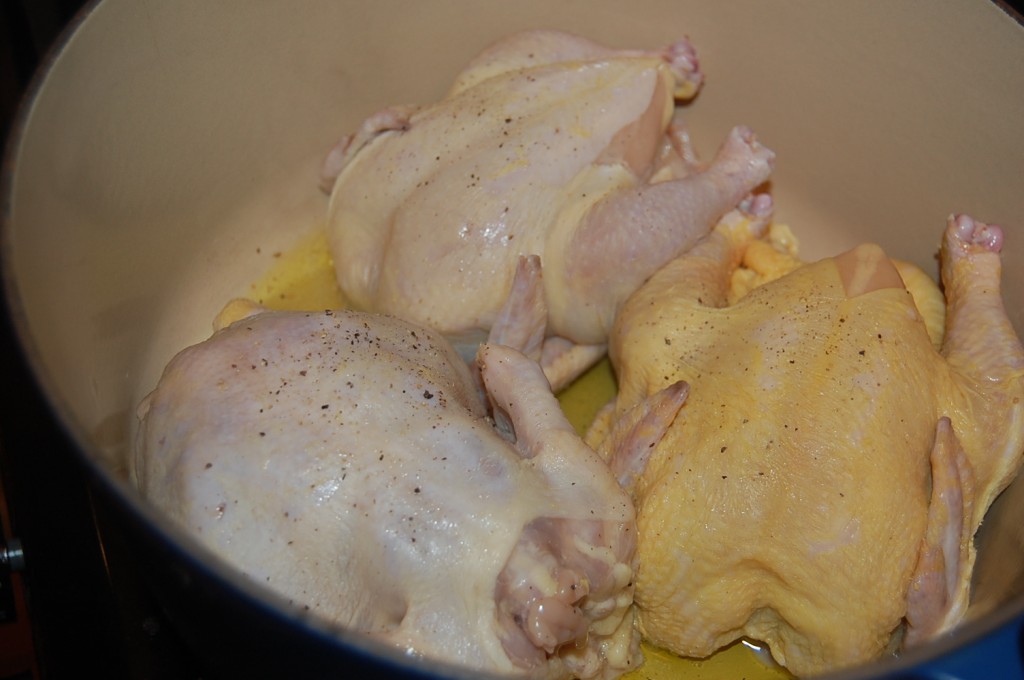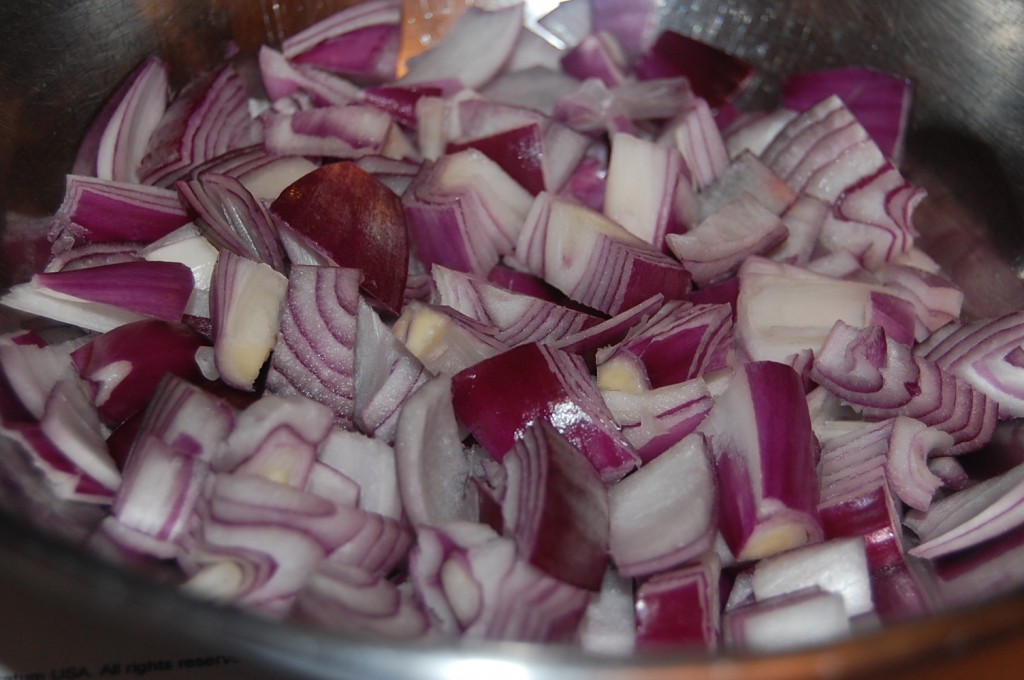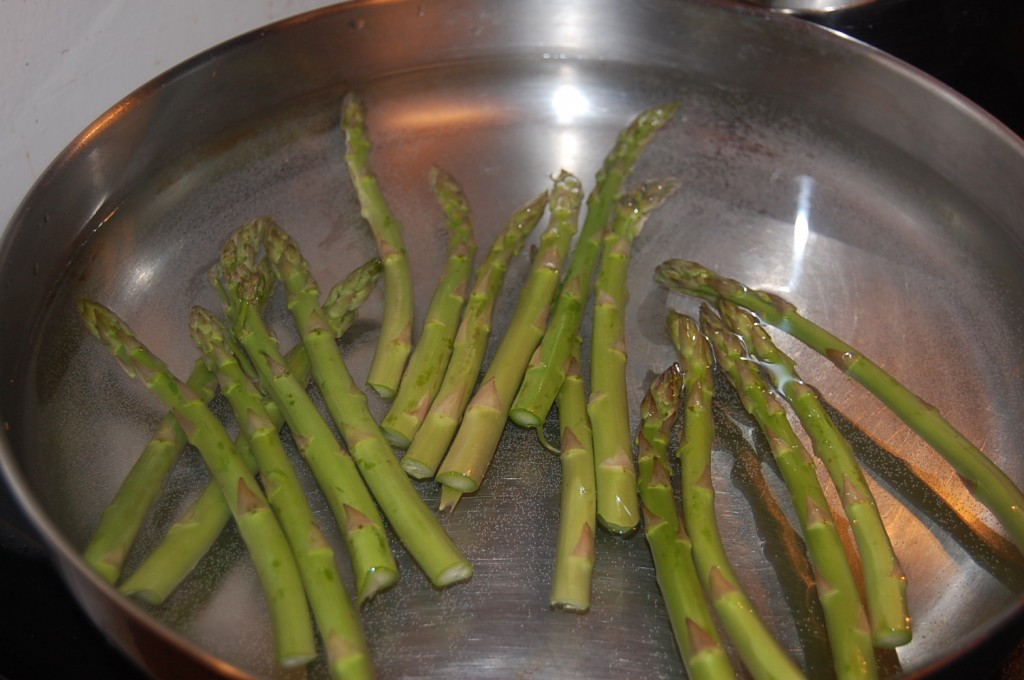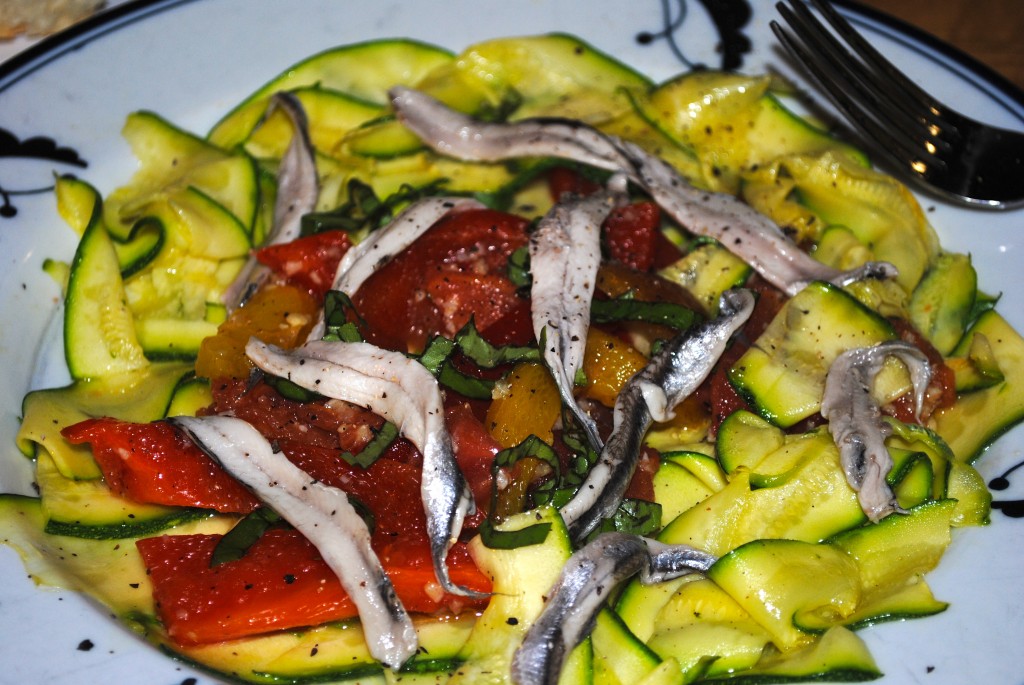
When I was sixteen, my family took a summer vacation to France. We spent a week in Paris, and then seven days exploring the rest of the country: two days in Brittany, a day in the Loire, a day in Rocamadour and a few days in Narbonne. I had expected to be utterly enchanted with Paris; I had, after all, been captivated by Sabrina at an impressionable age. With the exception of one magnificently long day spent wandering the halls of the Louve, the strongest impression I retain of our time in Paris is of greyness. The city, the streets, even the steak at a bistro near our hotel seemed grey and old and utterly lacking the magic that is supposed to lie at the center of Paris.
There were other highlights to the week in Paris, of course: a truly magnificent cup of coffee with lunch on our first day in the city, a small boutique where I bought a skirt that I still get compliments on, and the perfectly charming Musée Picasso. But it was not until we drove out of Paris, headed west towards Brittany, that I fell headlong into a whirlwind romance with France, as so many Americans from Julia Child to Benjamin Franklin have before me.
If Paris had been grey, the rest of France positively burst with color. Driving to the seaside town of Saint Malo, we stopped to see Mont St. Michel, the famous monastery surrounded by water. By some happy coincidence, we arrived just as the masses of tourists were leaving. Walking into the monastery’s rooftop garden, my family was completely alone except for the very picturesque sound of chirping birds. From the quiet of the monastery we made our way to the carnival-like atmosphere of Saint Malo, where we ate fresh mussels and my mom ordered an unfortunately blue beverage off the cocktail menu. There were jugglers in the street and an opera singer next door, and in the morning a flirtatious waiter who cheerfully practiced his limited English on my mom and me.
Driving south, we listened to the popular Malian duo Amadou and Mariam and ate roadside picnics of cheese, pate, and drippingly delicious peaches. When we finally arrived in Narbonne, the concierge apologetically informed us that, owing to the hotel’s annual Jazz festival, the normal menu at the restaurant would be discontinued in favor of a four-course tasting menu. Well. We certainly didn’t complain.
The wine-maker whose vineyard we were staying at was named Gerard Bertrand and, after the waitress finished describing our meal for the evening, my little sister (then eleven) commented that it sounded to her as if the waitress had just told us that we would be dining on Gerard Bertrand, with a side of Gerard Bertrand, and for dessert, some Gerard Bertrand. My high school French didn’t make the menu much clearer to me than it had been to her, so I am unable to tell you the exact name of the dish that inspired tonight’s recipe. This salad perfectly captures what I fell in love with in France: the bright colors, fresh flavors, and possibility of an endless summer.
White anchovies really make this dish in my opinion, but feel free to omit if you can’t find them or want a vegetarian option. Serve with good goat cheese, crusty French bread and a crisp rose for a perfect summer supper.
Gerard Bertrand Salad – Serves 2

Ingredients
2 zucchinis
2 bell peppers – I went for red and yellow to add a bit more color to the salad, but feel free to use just red
3 tomatoes
3 cloves garlic, minced
Olive oil
Salt
Pepper
½ lemon
10-20 pieces marinated white anchovies
4 Basil leaves, sliced crosswise
1. First, a word on how to mince garlic. Take your three garlic cloves and lay them sideways on your cutting board. Hold your chef’s knife horizontal to the cutting board over the garlic cloves and bash it with the heel of your hand. The papery outside of the garlic should come off, and your cloves will be squished-ish. If this hasn’t happened, bash them again, and remove the papery outside. Next, roughly chop the garlic a few times to break up the pieces. Cover these pieces with about half a teaspoon of salt, and chop a few more times to incorporate the salt mixture into the garlic. Now go find something else to do for about five minutes. Change the music on your iPod, open a bottle of wine, pour yourself a drink. This interaction between the garlic and salt will help you properly mince the garlic and will keep it from getting sticky and clinging to the knife blade. Now chop the garlic as fine as you can, pausing to scrape up any pieces that are hanging onto the blade. I hold my left hand on top of the knife blade, pressing down as I cut. However small those minced garlic pieces are, make them smaller. They should be almost to the point of looking like a paste when you’re done.
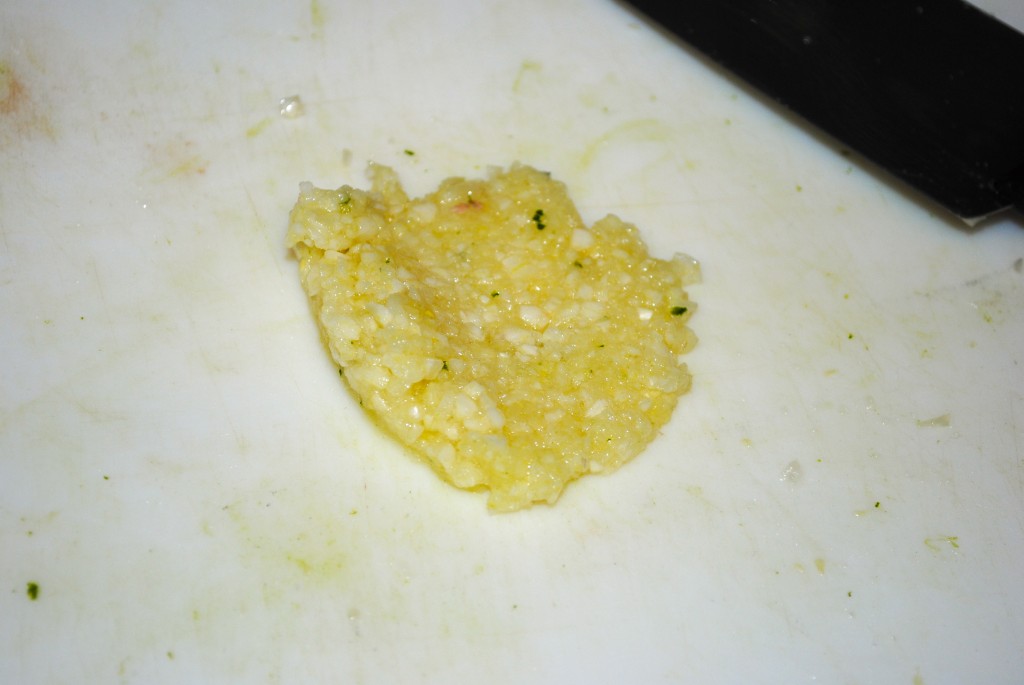
2. Now that the garlic is properly minced, place it in a little bowl and forget about it for a while. Time to prepare the tomatoes and peppers. Take you tomatoes and place them, stem-side down, on you cutting board. Turn on your oven’s broiler. Cut little x’s into the bottom of the tomatoes. This will make the skin easier to take off in a little bit. Place the tomatoes in or under your broiler on a sheet of aluminum foil for three to five minutes.
3. In the meantime, prepare your peppers. You can either do this under the broiler or on the stovetop. Because my broiler is too small to fit the peppers comfortably, I opted for the stovetop. This is a method for gas stoves. Remove the grill above your stove’s flame, and place one pepper each on a burner. Turn the heat up to high, and let the flame brown the pepper’s skin, turning as necessary. The pepper should be totally charred on the outside when you are done.

4. When the peppers are properly charred, remove them to a bowl and cover the bowl with plastic wrap. Letting them steam for a little while makes the skin easier to remove later.
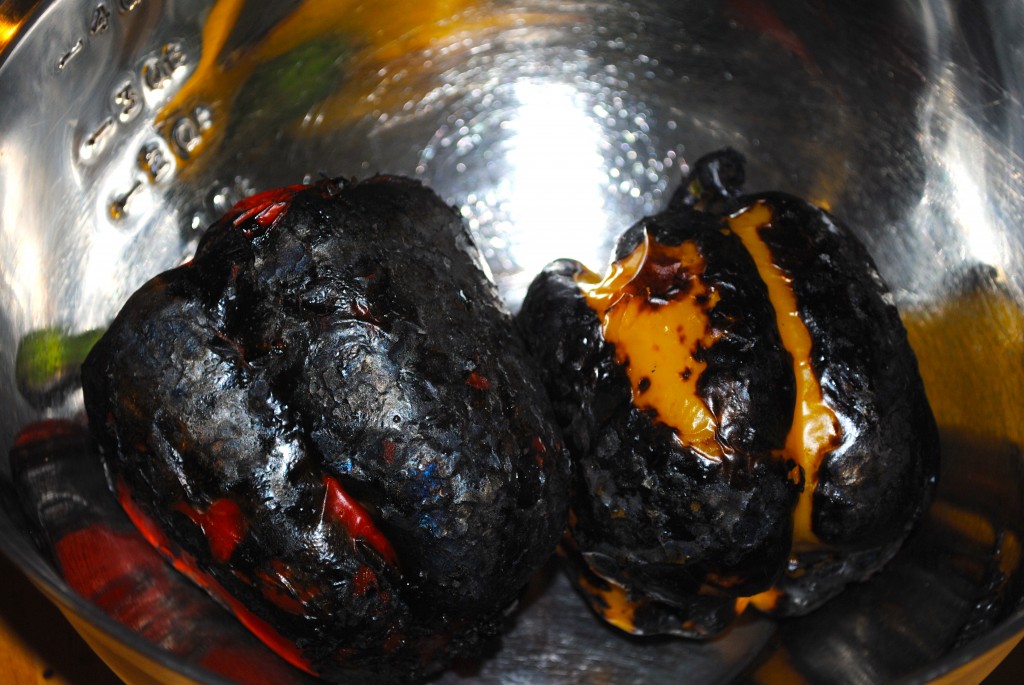
5. Remove your tomatoes from under the broiler and set aside.
6. Time to cut the zucchini! Either a mandolin or a vegetable peeler works well for this. We’re going to cut the zucchini into very thin ribbons. Cut off the tops and bottom of the zucchini, then lay it horizontally on your cutting board. Use the vegetable peeler to slice off long strips of zucchini, or (if using a mandolin) slide the zucchini along the blade to cut off slices between 1/8 of an inch and ¼ of an inch thick. Place on a plate and set aside.
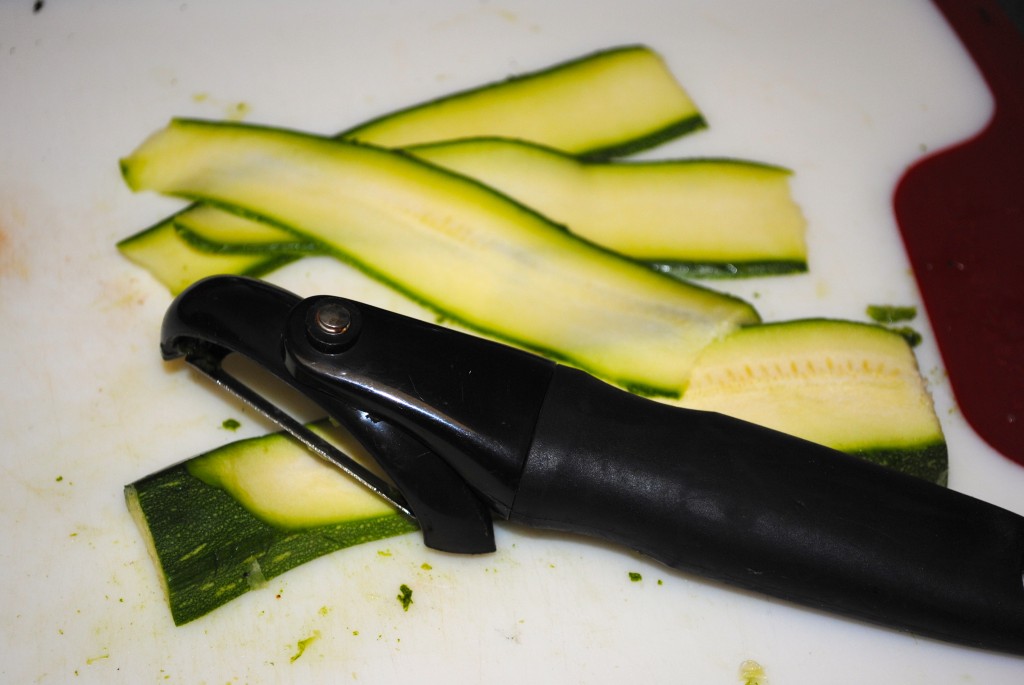
7. Now that the tomatoes are cool enough to handle, remove the skin (it should come off easily now) and slice horizontally. Using your thumb, dig the seeds out of the tomato and discard. Chop the remaining tomato into one inch pieces and place in a large bowl.

8. Next, remove the bell peppers from their bowl and chop each in half. Pull off the clump of seeds from inside each half and discard. Under running water, use your thumb to push off the charred outside of each pepper until all of the skin is gone. Slice the pepper into quarter-inch wide strips and put in the bowl with the tomato pieces.
9. Heat a tablespoon of oil in a medium to large non-stick skillet until hot. Add in the minced garlic and sauté for about a minute, until fragrant and slightly sweet. Remove from the heat and add the garlic and olive oil to the tomato/pepper mixture. Mix to combine, adding another half tablespoon of oil, salt, pepper and the juice from half a lemon. Taste for seasoning.
10. In the same pan used to cook the garlic, heat a very small amount of oil over medium heat. You want just a misting of oil—olive oil cooking spray could work well here. Arrange pieces of zucchini in the pan in a single layer—about five or six at a time. Cook for thirty seconds, and then flip each piece over and cook for an additional fifteen. Remove to a paper-towel lined plate. Continue working in batches, adding more olive oil if the pan gets dry, until all of the zucchini has been cooked.
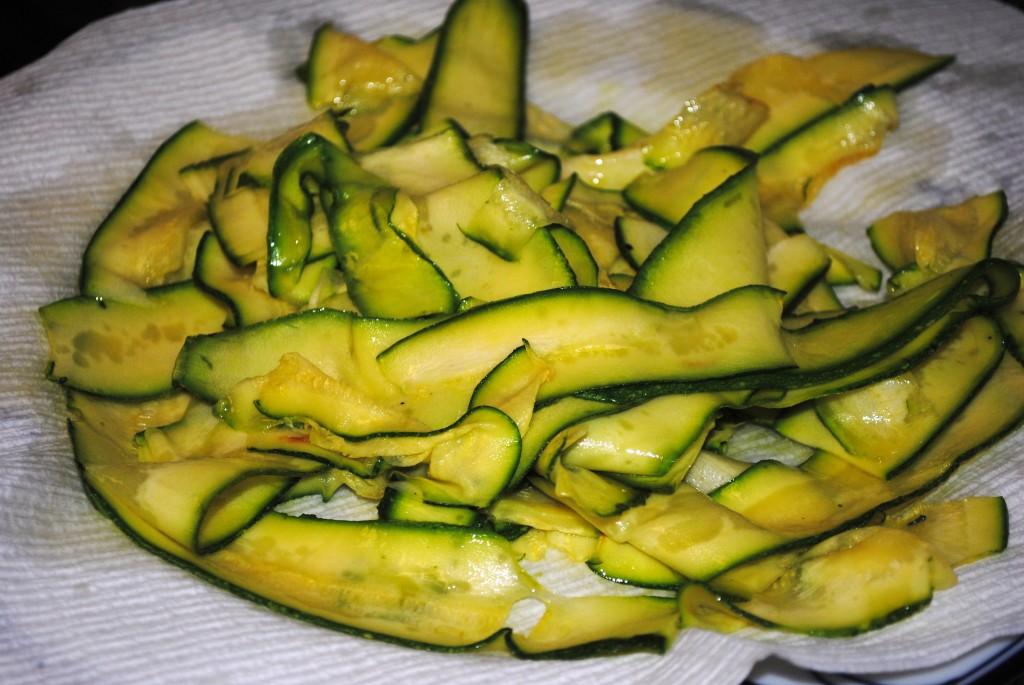
11. Arrange half the zucchini on each plate, so that the entire bottom of the plate is covered. Place half of the tomato/pepper mixture in a mound on each plate, and top with 5-10 anchovies each. Sprinkle chopped basil on top. If this plating is too fussy for you, don’t fret. Feel free to add the zucchini in with the tomato/pepper mixture and stir to combine. It will taste just as good! Serve with goat cheese and a tasty baguette.
Total Carbs: 45 grams (without bread)
Carbs per serving: 22.5 grams (without bread)
